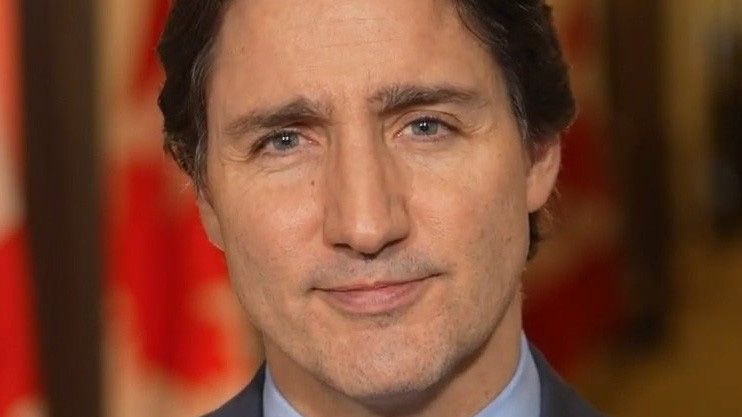Key Takeaways
- Cardano is increasing its block size from 72KB to 80KB. Plutus script memory units will also get a bump.
- The updates are set to ship this Friday.
- Cardano is aiming to become more scalable this year in a bid to catch up with its Layer 1 competitors.
Share this article
Cardano’s core development team, Input Output, will increase the network block size by 11%. The team has also planned a memory boost for its smart contract platform, Plutus.
Cardano Aims to Address Scaling Issues
Cardano is increasing its block size.
NETWORK UPDATE: Today, we have proposed the next parameter update as we continue to increase #Cardano network capacity in line with the plan. The proposal will increase block size by a further 8KB taking it from 72KB to 80KB.
🧵⤵️1/9
— Input Output (@InputOutputHK) February 1, 2022
In a Wednesday update posted on Twitter, Input Output reported that it would be expanding Cardano’s block size from 72KB to 80KB. Block size refers to the maximum data capacity a single block can have on a blockchain. A larger block size allows for more transactions to be added to new blocks, thereby improving scalability.
In addition to a bump in block size, the team has also planned improvements in the performance of Plutus, Cardano’s execution platform for deploying smart contracts. The team revealed that Plutus script memory units will be scaled from 12.5 million to 14 million. Expanded memory limits are expected to grow Plutus smart contracts’ ability to process more data items.
The Input Output team said that the updates would “provide additional resources for Plutus scripts to improve dApp user experience while increasing overall network capacity.”
The two improvements are slated to go live this Friday at 21:44 UTC.
In launching the upgrade, Input Output is placing hopes on Cardano’s ability to overcome its congestion issues. Notably, Input Output launched similar updates to both the block size and Plutus memory units in November 2021.
Cardano’s first decentralized exchange, SundaeSwap, suffered a rocky launch when users reported reported that high congestion was preventing them from executing token swaps. In the tweet storm announcing the updates, Input Output warned that there may still be “significant load” on the network during anticipated launches of new dApps and NFT mints. Cardano’s founder Charles Hoskinson has previously stated that the blockchain could become a hub for both DeFi and NFTs, but the network has some way to go to catch up with its competitors.
Throughout 2022, Input Output is planning to continue optimizing Cardano as part of the “Basho” scaling phase. With that, Cardano will be hoping to grab market share from Ethereum and the various other Layer 1 networks that dominated the cryptosphere in 2021.
Disclosure: At the time of writing, the author of this feature owned ETH and several other cryptocurrencies.
Share this article
Read More: cryptobriefing.com









 Bitcoin
Bitcoin  Ethereum
Ethereum  XRP
XRP  Tether
Tether  Solana
Solana  Dogecoin
Dogecoin  USDC
USDC  Cardano
Cardano  Lido Staked Ether
Lido Staked Ether  TRON
TRON  Avalanche
Avalanche  Wrapped stETH
Wrapped stETH  Sui
Sui  Chainlink
Chainlink  Toncoin
Toncoin  Shiba Inu
Shiba Inu  Stellar
Stellar  Wrapped Bitcoin
Wrapped Bitcoin  Hedera
Hedera  Polkadot
Polkadot  WETH
WETH  Bitcoin Cash
Bitcoin Cash  Uniswap
Uniswap  Pepe
Pepe  Hyperliquid
Hyperliquid  Litecoin
Litecoin  LEO Token
LEO Token  Wrapped eETH
Wrapped eETH  NEAR Protocol
NEAR Protocol  Ethena USDe
Ethena USDe  Internet Computer
Internet Computer  USDS
USDS  Aptos
Aptos  Aave
Aave  Mantle
Mantle  Render
Render  Bittensor
Bittensor  Cronos
Cronos  POL (ex-MATIC)
POL (ex-MATIC)  Ethereum Classic
Ethereum Classic  Artificial Superintelligence Alliance
Artificial Superintelligence Alliance  WhiteBIT Coin
WhiteBIT Coin  Virtuals Protocol
Virtuals Protocol  Arbitrum
Arbitrum  MANTRA
MANTRA  Monero
Monero  Tokenize Xchange
Tokenize Xchange